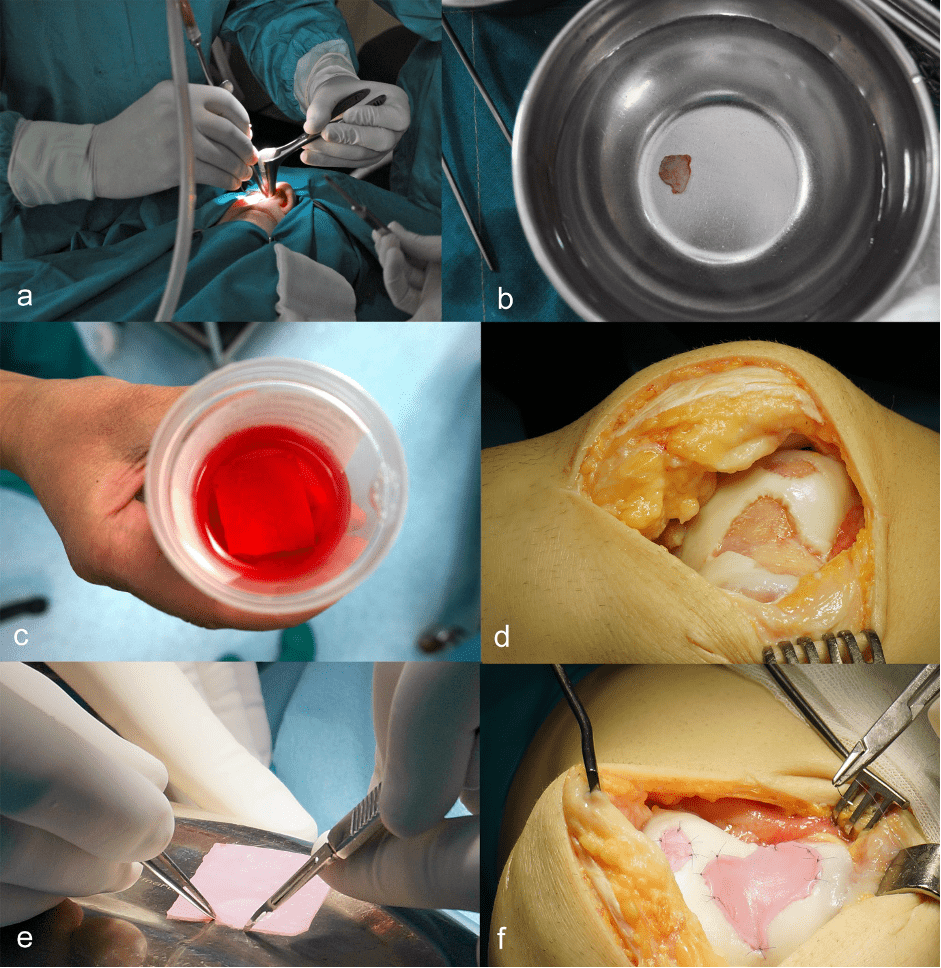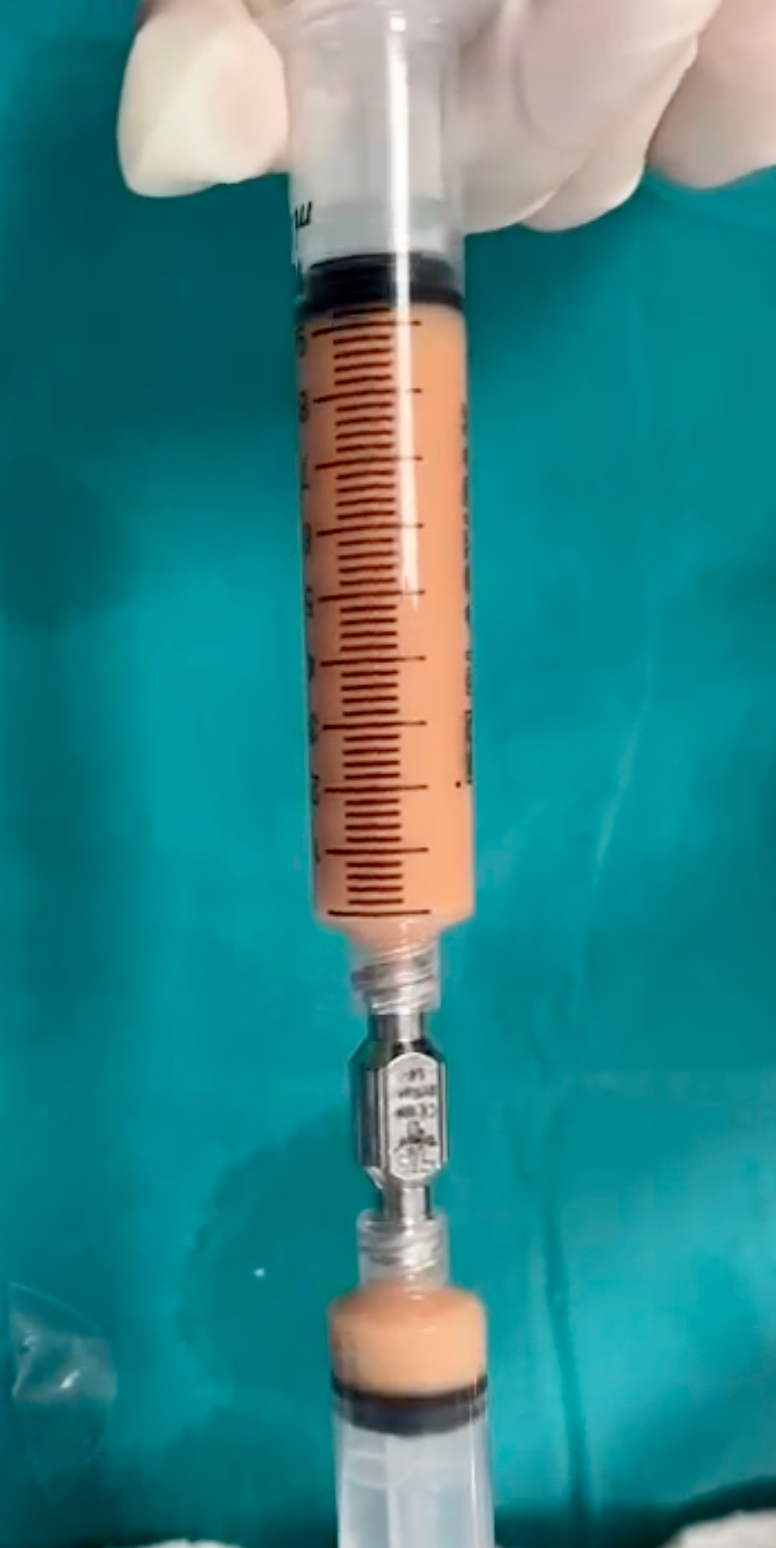Mini Reviews

Muscle injuries (MI) are prevalent in athletic populations, accounting for a significant portion of sports-related injuries. For instance, MIs represent more than 30% of all injuries in professional soccer and more than 20% in basketball (1, 2). These injuries can lead to prolonged periods away from sport, impacting both amateur and professional athletes. Traditional treatment modalities include rest, physical therapy, and pharmacological interventions. However, orthobiologics have been introduced as an alternative with natural healing processes.

Nose2Knee represents a significant advancement in cartilage tissue engineering, leveraging the unique properties of nasal chondrocytes to repair knee cartilage defects. Traditional approaches often use cells from the knee itself, but these methods can be limited by donor site morbidity and variable cell quality. Nose2Knee overcomes these limitations by sourcing chondrocytes from the nasal septum, which exhibit superior regenerative capacity and resilience.

The therapeutic use of Platelet-Rich Plasma (PRP) has been investigated for various meniscal pathologies, including:
- Enhancing recovery following partial meniscectomy
- Non-operative management of meniscal degeneration or degenerative tears
- Facilitating healing in complex meniscal repairs
This mini-review critically examines the current evidence regarding the efficacy of PRP in treating these conditions.

Adipose tissue is a rich source of mesenchymal stem cells (also known as Medicinal Signaling Cells), Adipose Derived Stem Cells (ADSC)) located in the Stromal Vascular Fraction (SVF). Previously these cells were obtained enzymatically from lipoaspirates or expanded in cell cultures, leading to regulatory problems or the need for expensive GMP laboratories if cells needed to be cultured. Enzymatically processed lipoaspirate contains ADSCs, endothelial precursor cells (EPCs), endothelial cells (ECs), macrophages, smooth muscle cells, lymphocytes, pericytes, as well as pre-adipocytes, collectively named the SVF (1). SVF has been shown to be effective in the symptomatic treatment of OA. A recent meta-analysis of 79 RCTs with 8761 patients were comparing the intra-articular injection of autologous conditioned serum (ACS), bone marrow aspirate concentrate (BMAC), botulinum toxin, corticosteroids (CS), hyaluronic acid (HA), mesenchymal stem cells (MSC), ozone, saline placebo, platelet-rich plasma (PRP), plasma rich in growth factor (PRGF), and stromal vascular fraction (SVF) demonstrated that SVF injections resulted in the greatest improvement in pain and functional outcomes in patients with knee OA at up to 1 year (2).
Contact
+1 (305) 924-25 32 info@rmosociety.com
100 SE 2ND ST STE 2000
MIAMI, FL 33131 USA
Contact
![]() +1 (305) 924-25 32
+1 (305) 924-25 32
info@rmosociety.com
100 SE 2ND ST STE 2000
MIAMI, FL 33131 USA

